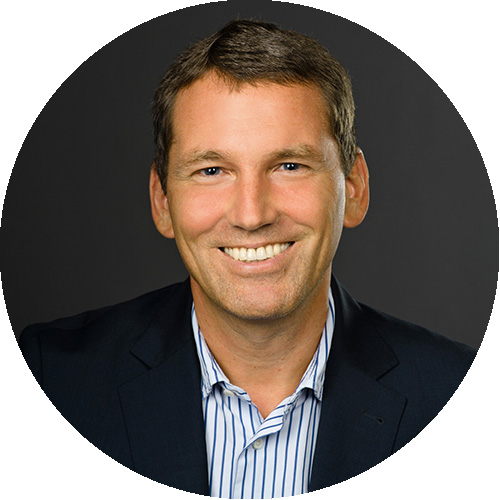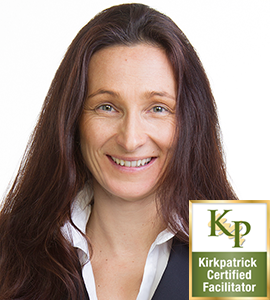The third reason is a changed view of the leadership culture in general. In the last few years, it has become clear that people want to think and work more independently than they have been allowed to in companies with classic hierarchical structures. Just think about the generation Y and the upcoming generation. The classical understanding of leadership is no longer contemporary. Modern work demands new models and approaches. Agile leadership is one of them.
Implementation of agile leadership: top-down or first in the team?
When we talk about agility, we generally talk about three levels: the individual level, the team level and the organizational level. Companies must first weigh up whether and how agile methods can be meaningful for them. In this way they can avoid rushing into this topic and subsequently fail with the implementation. Therefore it is important to know that agile leadership does not always have to be introduced throughout the whole company in order to be successful. In the beginning it can make sense to introduce it only to particular teams or divisions. Especially if a team has to deal with very complex and different tasks or has to cover up different topics. The level of complexity is an indicator that makes agile methods either meaningful or not.
If the company’s goal is an agile corporate culture, a top-down approach is certainly needed. Therefore, a complete cultural change must take place, which is impossible without the management level on board. The company has to find answers to questions such as who, where, when and how to participate in projects and decisions, how to deal with information release internally and how much the existing hierarchies should be softened. Transparency is a very important factor as well.
There is one central question before deciding whether to introduce it top-down or in individual teams: How far do we want to go and how far do we have to go to stay competitive and sustainable?
Agile leadership on three levels
To recognize potential resistance and prevent them at an early stage, a company should first analyse the three different levels of agile leadership: the individual, team and organization level.
Agile leadership on the individual level
As an individual, I have to ask myself following questions: how transparent am I at the moment, how much can I work independently and how much responsibility I bear and can bear. If I currently work in a very hierarchical-oriented team, where there are almost exclusively instructions from the supervisor, the introduction to an independent and agile way of working can be relatively difficult. If I already have a lot of freedom and work almost independently the difference to agile methods is perhaps hardly noticeable.
Secondly you have to question the status quo: How self-responsible and transparent do I want to be? There are certainly many people for whom agile leadership is not (yet) the declared goal and perhaps will never be.
The third point at this level is an open error culture. As a member of an agile team the willingness to acknowledge mistakes very quickly and openly is important because otherwise you might make the work more difficult for all other team members. And for a previously established leader it can be quite difficult not to be the declared leader anymore but to be an equal member of the team. Therefore you renounce power and status.
Agile leadership on the team level
The most challenging part for the team in an agile setting is the communication. Constant coordination, exchange and communication among each other are crucial. This requires openness and extraversion of all the team members on the one hand and the right tools on the other hand. When agile methods are introduced to a team, it is worth investing in the communication structure and skills of all members, otherwise many difficulties could arise.


























